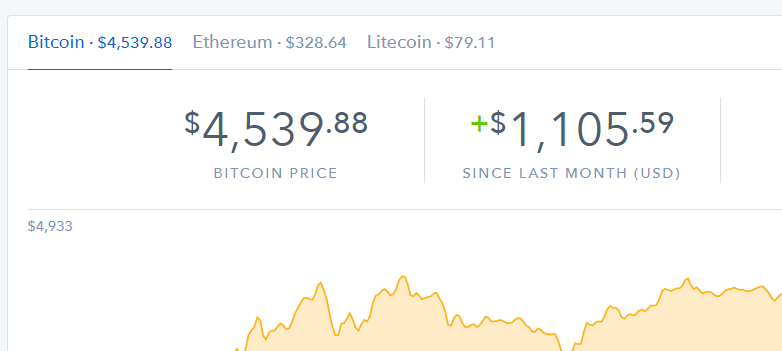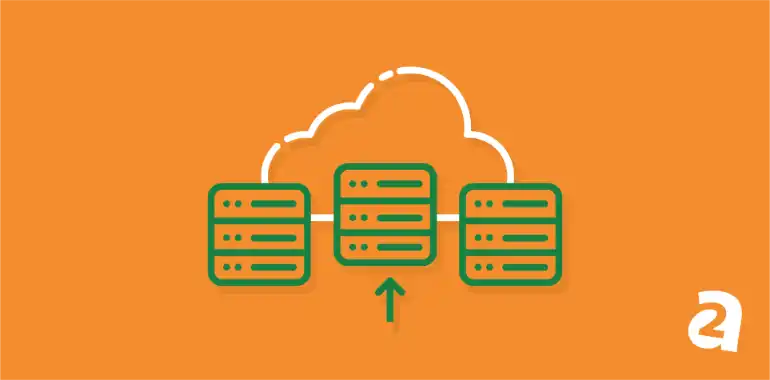- Oct 24, 2017
 0
0- by A2 Marketing Team
Bitcoin, and cryptocurrencies in general, have been a hot topic for the past few years. In that time, they’ve gone from being a fringe tool worth cents to a serious monetary instrument.
Understanding how Bitcoin works isn’t as complicated as you might think. In fact, you don’t need to understand all the mechanisms that power cryptocurrencies to leverage their benefits. As long as you know how to send and receive them safely, you’re ready to go.
In this article, we’re going to give you a basic crash course in cryptocurrencies, and on Bitcoin in particular. We’ll then talk about how the latter can help you, and how to send and receive Bitcoin payments. Let’s dive in!
What Cryptocurrencies Are (And How They Work)

Cryptocurrencies are easy to use, even if understanding them can get a bit technical. Essentially, they are a type of digital asset that’s secured using cryptography. So-called ‘miners’ put their computers to work generating the currency by resolving cryptographic problems. This isn’t as easy as printing regular money, however, since miners have to spend a lot on equipment and cryptocurrency prices can be volatile.
As an end user, you don’t need to understand how mining works. If you only want to use Bitcoin and other cryptocurrencies for monetary transactions, you can buy them directly through an exchange. Those coins are then deposited into an address that belongs to you (a unique string of numbers and letters, such as 1BMrgMRnddyXEMFK1CiEQ8E2z4ByuWzFS).
The software that makes this possible is called a ‘wallet’, and you can typically use as many addresses as you want to send and receive payments. When you want someone to send you money, you provide them with an address you control, and you’ll receive the coins almost instantly. A network keeps track of all those transactions, one powered by ordinary users. When a transaction takes place, a record of it is kept in the network using a decentralized ledger. That way, you know for sure that the coins are there. This is an elegant way to create a financial network that doesn’t require oversight.
For the rest of this article, we’re going to focus on Bitcoin. However, there are plenty of other cryptocurrencies you can try out. Ether has been making a name for itself lately, for example, and so has Bitcoin Cash. Most of these currencies are based on Bitcoin, but they don’t work in quite the same way, which is why people trade them separately.
What Bitcoin Is (And Why You Should Consider Using It)

Bitcoin is the father of all cryptocurrencies. It was created in 2008 by an anonymous inventor, who went by the name Satoshi Nakamoto. In 2009, the first Bitcoin client went live, and people started mining for coins.
By the end of 2010, Nakamoto had pulled a vanishing act. However, communities already existed around the cryptocurrency, and some people had started using it for small transactions. Satoshi was careful never to reveal personal details about himself, so his disappearance is still a mystery. Most curious of all, he still holds several million dollars worth of Bitcoin, stored in addresses known to belong to him.
Putting aside the mystery of its creator, Bitcoin has grown tremendously since its inception. These days, millions of dollars are transacted in Bitcoin every day, and the network keeps growing thanks to the benefits it offers. For example, Bitcoin provides:
- Near-instant remittances. Sending Bitcoin is essentially an instant transaction, although it can take a little while for the network to fully confirm your transactions.
- Low fees. Sending thousands of dollars in Bitcoin can be done for cents (although fees may vary).
- Anonymity. Anyone can open a Bitcoin wallet using any software or platform they like, and make use of multiple addresses. Identifying who’s sending or receiving money is thus very difficult.
- Ease of exchange. In most cases, exchanging Bitcoin for the local currency is relatively straightforward.
- Versatility. There are still few places that accept Bitcoin in the real world, but plenty of online stores do. Steam and Overstock are two excellent examples.
As you might imagine, Bitcoin can be handy to have in your portfolio. In our experience, it’s particularly useful for people who pay for multiple online services, send money over the internet regularly, or just want to find something exciting in which to invest. Of course, it’s worth noting that despite Bitcoin’s tremendous growth, it’s still a volatile instrument. As such, you should never purchase more than you can afford to lose.
How to Send and Receive Bitcoin Payments
We’ve already talked a little about how cryptocurrencies work. However, it’s always easiest to understand a process like this when you can see it in action. For this example, we’ll send a small amount of Bitcoin using a personal wallet – and the Electrum client – to another person’s address.
Electrum is an open-source Bitcoin wallet that enables you to send, receive, and hold Bitcoin. It’s not fancy to look at, but it gets the job done, and you don’t need to sign up for an online service to use it. Just download it, create a new wallet using its wizard, and you’re in business. Here’s what your wallet will look like after a few transactions:

As you can see, the tool displays your Bitcoin balance at the bottom of the screen. To send some of those coins, just go to the Send tab. Inside, you can indicate a receiving client and how many Bitcoins you want to send. The client tells you how much the transaction will cost in USD, so you can avoid errors:

Some wallets, including Electrum, also enable you to set your own transaction fee. The larger it is, the faster your transaction will be confirmed, but in most cases you can just use the default settings. Once you hit the Send button, your payment will go out, and will also appear in your History tab.
Receiving Bitcoins is equally simple. Just go to the Receive tab, and the wallet will generate a new address you can give out to other people:

All they have to do is enter that address into their wallet, and choose how many coins they want to send, just like you did!
Conclusion
Cryptocurrency is a complex topic to learn about, but one that’s currently surrounded by a lot of hype. Fortunately, you don’t need to comprehend all the ins and outs to understand how using Bitcoin can benefit you.
For example, if you need to make international payments from time to time, cryptocurrencies can be a lifesaver thanks to their near-instant transfers and low fees. Plus, sending money can be as simple as requesting an address or scanning a QR code, and then indicating how much you want to send. Whoever is on the other side will get the payment in seconds, and be able to use it immediately.
Image credit: Pixabay.












